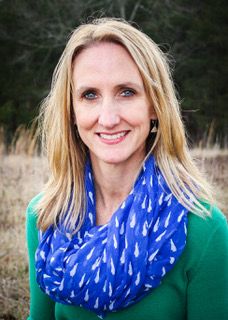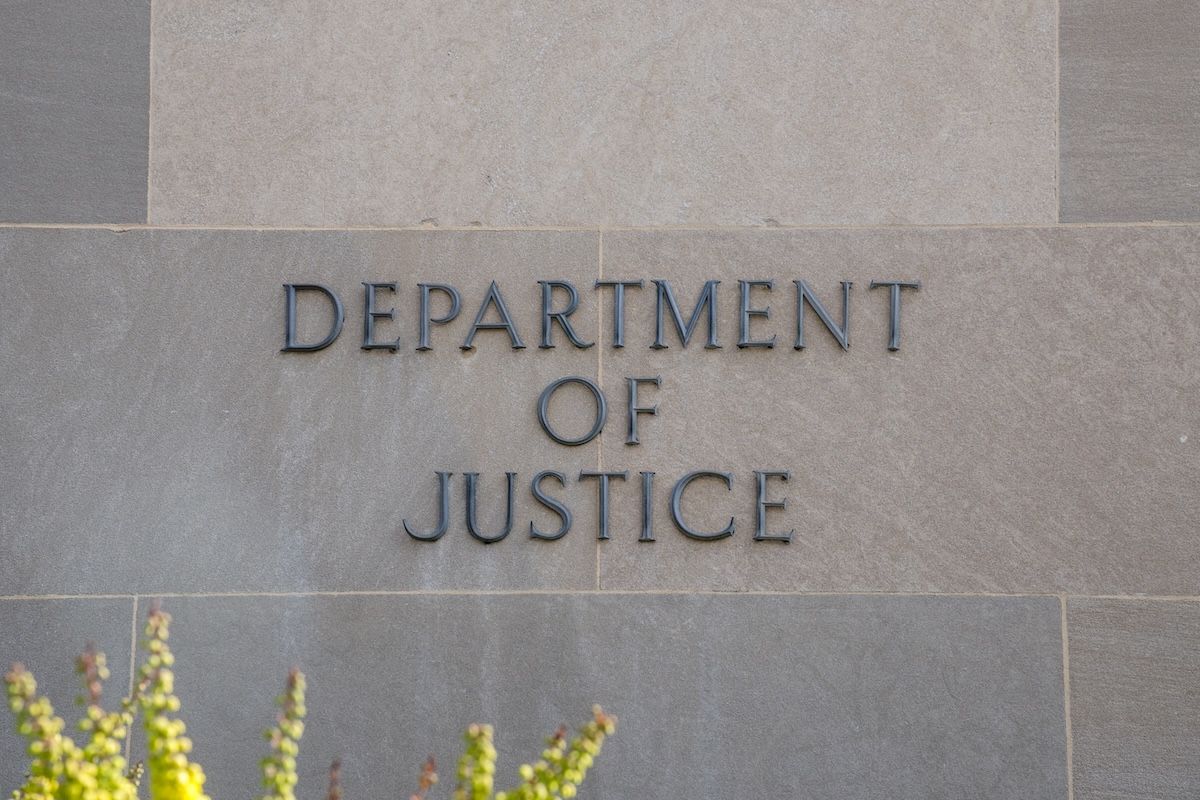Article
This is how not to do healthcare
Author(s):
It’s time for practical physicians and entrepreneurs to fight for real reform, with low cost direct care for relatively inexpensive outpatient care.
Recently, while working at a methadone clinic, I met a woman in her 30s whom our healthcare system (and criminal justice system) has failed repeatedly.
Jamie-not her real name-has been addicted to heroin for several years. Her addiction started with a prescription for narcotic pain medication after a hysterectomy at age 24. She thinks her uterus was removed at that age due to polycystic ovarian syndrome, but hopefully she is mistaken. She has been through some nursing school, implying some medical knowledge, so regardless, someone failed to explain adequately to her why she underwent this surgery, which is typically indicated for cancer and/or refractory uterine bleeding and always postponed as long as possible.
FURTHER READING: To curb opioid abuse, new technologies must be embraced
Someone, or several healthcare providers, failed by performing this surgery without explaining the reason and obtaining informed consent. Informed consent would include a specific reason for the surgery, which would be memorable to the patient, including a list of all potential risks and benefits. Even if she remembers the reason incorrectly, hysterectomy at age 24 is highly unusual without a memorable event such as cancer.

Dr. Rutherford
After surgery, she developed severe anxiety due to hormonal changes, for which she self-medicated with opioids and other drugs. Jamie also has a diagnosis of lupus, which causes various pains, and this diagnosis allowed her to obtain prescription pain medications legally from doctors for several years.
Another failure of the health system was prescribing narcotic pain medications for chronic pain complaints despite inadequate, high-quality evidence suggesting safety or efficacy. From 1990 to 2010, physicians liberally prescribed opioid pain medications for many reasons: we were told/taught that addiction was rare, and we were subject to criticism and/or negative evaluation by patients and employers, which for some physicians had led to malpractice lawsuits for failing to adequately treat pain. This liberal prescribing behavior stemmed from another system failure-identification of pain as the fifth vital sign and adoption of this metric throughout the system, despite the obvious logical fallacy. Pain, by definition, is not a vital sign.
Overprescribing of opioid pain medications continued for several years, leading some unscrupulous entrepreneurs and physicians to open “pill mills” designed to feed rampant addiction for huge profits. As government and law enforcement began to recognize the negative consequences of the pill mills, they did what government does best-passed laws to solve this problem and crack down on the over-prescribers.
Next: "Physician attitudes transitioned from fear"
The resulting legislation, while well-meaning, had unintended consequences that could have been predicted by addiction specialists. However, physicians were not invited to the table to discuss solutions to this burgeoning epidemic, because we were seen as part of the problem. In Kentucky, the governor formed a task force, which did not include a single physician, to develop solutions, thus leading to Kentucky House Bill 1 (HB 1).
As a result of HB 1, physician attitudes transitioned from fear of undertreating pain to fear of overprescribing pain medications, sanctions from the medical board and potential loss of license. Many physicians, who received almost zero training on the disease of addiction, abruptly stopped prescribing opioids, discharged chronic pain patients from their practice, and/or referred to pain specialists who would later discharge patients for positive drug screens positive for marijuana. Other physicians pre-screened patients by using prescription drug monitoring programs (PDMPs) and simply refused to accept any patients suspected of having dependence and/or addiction to opioids.
RELATED BLOG: America's self-inflicted opioid crisis
During this phase, patients, including Jamie, turned to pain pills on the black market and eventually, cheaper heroin in order to find relief from withdrawal symptoms caused by abrupt cessation of prescribed pain meds. Jamie was unlucky enough to be susceptible to addiction genetically and also due to her environment as a child. When she started using heroin, her addiction escalated quickly and she eventually injected the drug. Fortunately, she did get help several years ago and entered a methadone treatment program. She remained in recovery on methadone for four years, working, taking care of her kids and owning a car, until she was arrested on an old warrant. Methadone was not allowed in jail, so she endured a very painful detox. Maybe she deserved to be incarcerated for her crime that undoubtedly occurred when she was in active addiction, but did she deserve to remain on a medication that saved her life or did she deserve to suffer excruciating withdrawal symptoms? Jamie was sober while incarcerated, but addiction is a chronic brain disease, and she relapsed after her release.
Jamie has Medicaid, managed by a managed care organization (MCO) in Kentucky that does not cover methadone treatment and requires an onerous 10-page prior authorization for buprenorphine/naloxone and very specific, frequent counseling that interferes with a person’s ability to remain employed.
Last month, Jamie was hospitalized for endocarditis involving three heart valves. She received antibiotic treatment while hospitalized, costing her Medicaid MCO hundreds of thousands of dollars. Her cardiothoracic surgeon refused to replace her valves until she got treatment for her addiction. When I saw Jamie today, she feared for her life. She knows she needs treatment for her hepatitis C and replacement of her valves in order to survive. Today, she also has an infection on her right leg where she injected heroin. She says she has not shared needles in years, but she does use one needle several times in a row. She does not have a primary care provider. My inclination, as a primary care provider, was to treat her infection, but my contract with this highly regulated methadone clinic dictates that I only treat her addiction with methadone.
Next: "It’s time for practical physicians and entrepreneurs to fight for real reform"
I recommended that she call her MCO for primary care assignment and appointment this week, if possible. I also recommended going to urgent care or the emergency department (ED) for treatment of the cellulitis on her leg. She started crying and said the people (nurses and doctors included) in the ED and at urgent care are “so mean.” At this point, I wanted to take her back to my direct primary care office to treat her addiction and cellulitis and arrange follow up with her surgeon for valve replacement, but Kentucky Medicaid MCOs will not honor referrals by a nonparticipating physician.
There are several steps we need to take in this country to humanely address the opioid epidemic and fix our broken healthcare system.
First, we should integrate behavioral/mental healthcare with medical care. Family physicians are well trained to care for complicated patients, but all physicians need more training in screening for, diagnosing and treating substance use disorders. Second, we must reduce the stigma surrounding addiction and recognize addiction as a chronic relapsing brain disease. Treating addiction is similar to treating other chronic diseases, requiring lifelong monitoring, with intermittent group and individual counseling tailored to the individual. Third, stop knee jerk regulations and de-regulate the current healthcare system. Allow people to purchase affordable health insurance that is truly “insurance,” covering unexpected medical events, and pair this coverage with Direct Primary Care, which we know is affordable, decreases ER and urgent care utilization, and decreases specialty referral.
FURTHER READING: It's it time for a 21st Century Pain assessment?
Managed care Medicaid is an expensive solution, which is very costly for taxpayers while allowing MCOs to enjoy record profits at the expense of quality for patients. If a person with Medicaid would like to pay directly for care, he/she should be able to do so without penalty. Physicians should be allowed to opt out of Medicaid, just as we are with Medicare-which would enable physicians to refer prescribe, and order imaging for a patient paying directly for services. Fourth, physicians should take their oath to heart and treat all patients with respect.
If physicians in the emergency department are burnt out from dealing with addicts, they should learn more about addiction and ideally learn to treat opioid addiction and withdrawal. Initiating buprenorphine/naloxone in the emergency department with referral to a community provider has shown promise in studies.
As politicians and health policy experts continue to focus on coverage as the goal to improving health in the U.S., several direct care physicians are taking steps to provide affordable care for people, including, in my case, treatment for opioid dependence. Unfortunately, onerous federal and state legislation limits how many people with this lethal, costly chronic disease I can treat.
It’s time for practical physicians and entrepreneurs to fight for real reform, with low cost direct care for relatively inexpensive outpatient care supplemented by true catastrophic insurance for unexpected care, such as hospitalization. Medicare and Medicaid reform should include patient-centered solutions, such as personal accounts similar to health savings accounts for outpatient care that would encourage patients to shop for best prices and excellent services.
Dr. Molly Rutherford started her own Direct Primary Care practice, Bluegrass Family Wellness, in Crestwood Kentucky in 2015. She is Board Certified in Family Medicine and Addiction Medicine and is dedicated to providing comprehensive care at an affordable price without the administrative burden and overhead associated with the current healthcare system. She was born and raised in Virginia, graduated from Virginia Tech in 1992, Johns Hopkins University with an MPH in 1999, Eastern Virginia Medical School in 2003, and completed residency at Portsmouth Family Medicine in 2006. She lives with her husband and two children in La Grange, KY.





